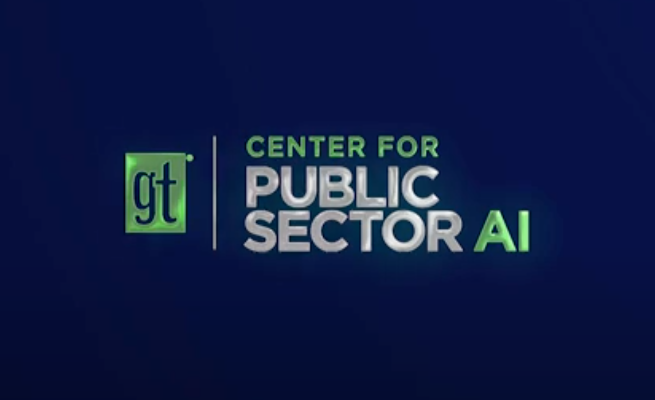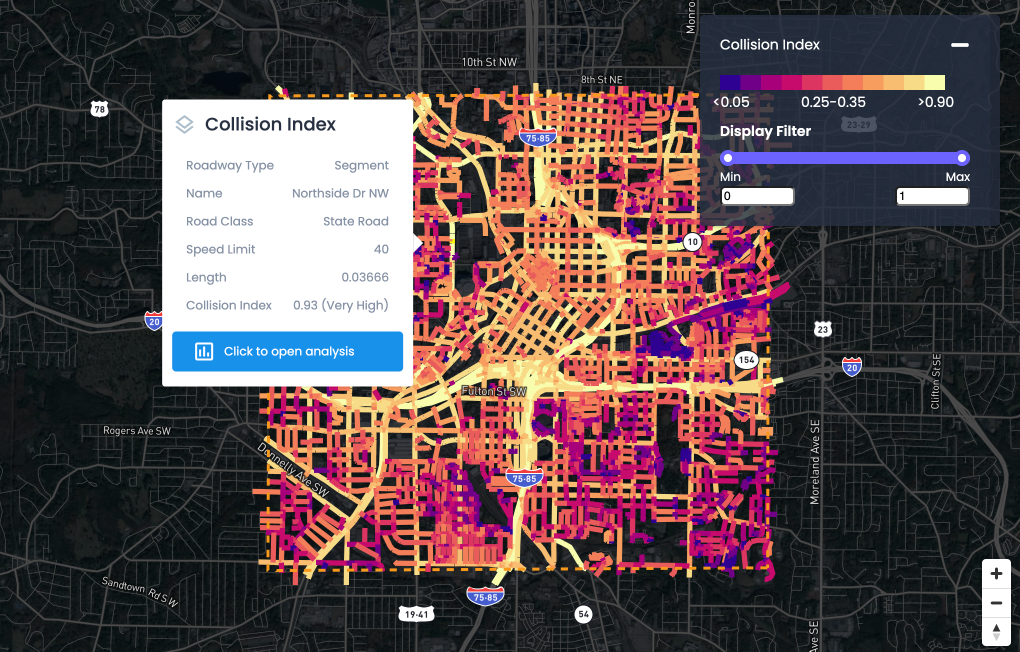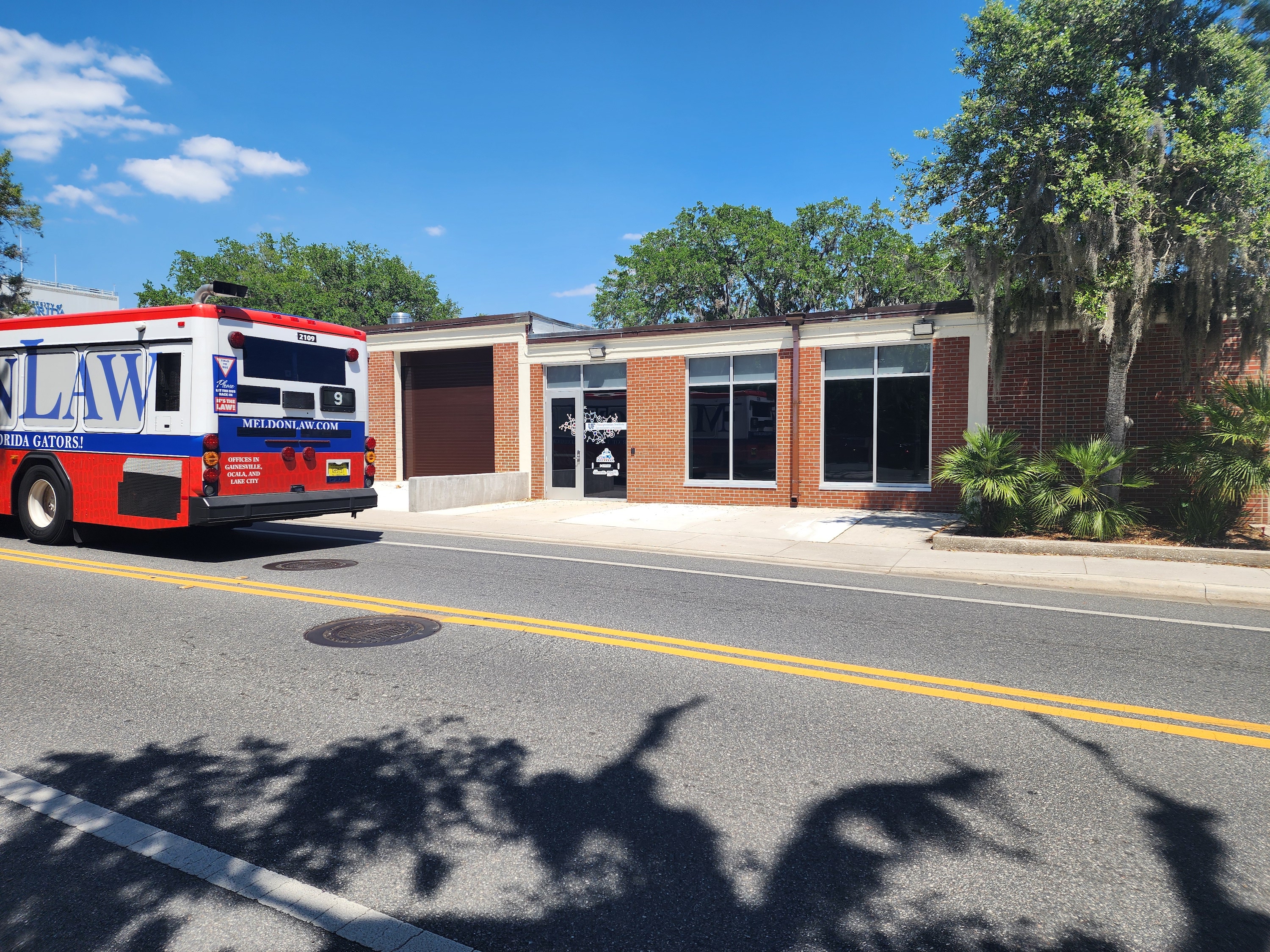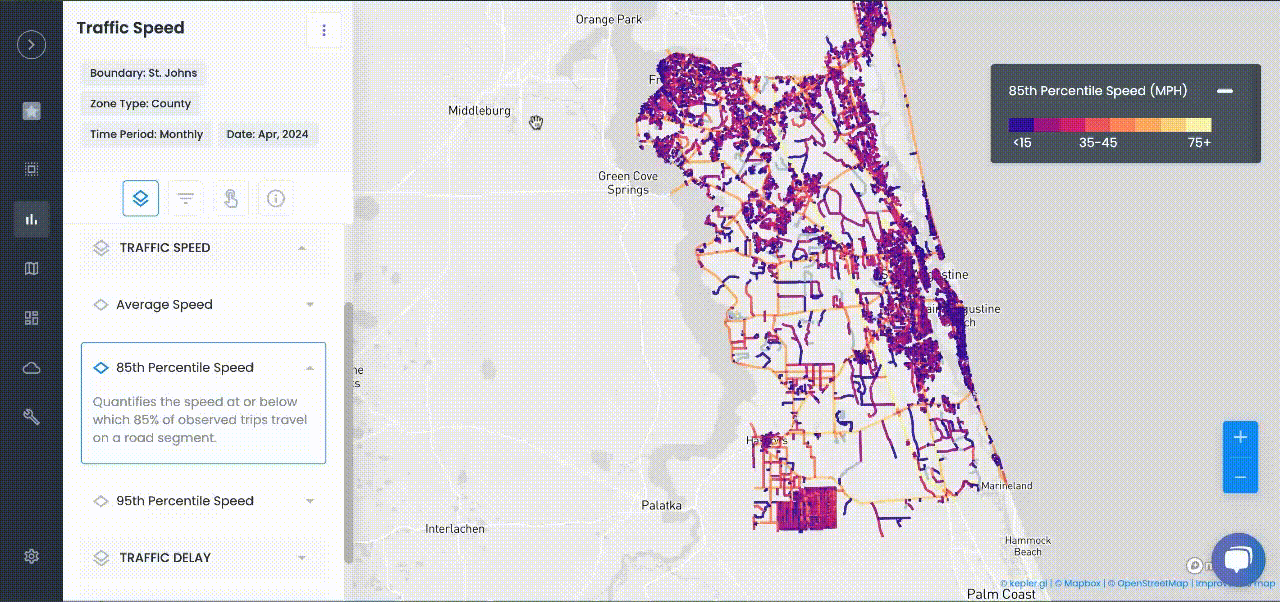
Articles
How Smart City Tourism is Driving Local Economies
As smart city technology becomes ubiquitous in transportation it’s no surprise that some cities are starting to look into smart tourism.
Transportation influences all sectors of a city’s economy.
In some schools of thought, transportation is the reason many cities exist, with ancient cities often developing at river crossings, fall lines, portages, and natural harbors.
As smart city technology becomes ubiquitous in transportation it’s no surprise that some cities are starting to look into smart tourism.
For many cities, tourists are necessary headaches: vital to the local economy, but unfamiliar with everything from using transit or finding landmarks, and with high potential to be preyed on by criminals, and, occasionally, unknowingly invading people’s privacy.
In cities such as Venice, the number of tourists has become so great that despite the economic dependence on the industry, the threat they pose outweighs any benefit they might bring.
Which leads us back to smart city tourism. It isn’t just about mitigating the negatives; it’s also about offering new and improved ways for tourists to explore and discover a city.
Take Dublin, for example. According to Cities Today, 8.6 million people visited the Irish capital in 2019, contributing $3 billion to the economy and supporting nearly 70,000 jobs.
Ireland’s cap is working on three main areas: collecting data, helping people get around and adopting best practices. Instead of collecting data about tourism on a year-to-year basis, Dublin is working on collecting data about airline arrivals, hotel bookings and anonymized credit card transactions and the like on a much more frequent basis, if not in real time.
The data is then used to promote the city and the businesses contributing to it. Dublin is also working on ways to record and share digital trails, the information left by tourists as they move through the city.
Studying them is helping the city and business owners understand how they get around, and create ways to guide visitors to Dublin’s historic sites.
Many cities have been making their first smart city tourism investments in wayfinding, which is how to help people navigate the area. Digital kiosks capable of displaying neighborhood maps, local sites of interest and basic searches for restaurants or transit or bikeshare docks have been popping up in many cities for several years.
As cell phones become more common or cars get smarter, these kiosks or another local service could “ping” the phone or vehicle with local information, guides and directories.
Another way to understand how cities are using mobility data is to look at Spartanburg, South Carolina. Officials in the region leverage traffic data and mobility insights to understand the traffic patterns of people traveling to their burgeoning economic center and extensive trail system.
Another way smart city technology may help with tourism is by managing event automobile traffic.
Cities frequently encounter problems from both one-time events, like concerts, as well as regularly scheduled sporting events. This has grown in the last two decades as many stadiums have been built in downtowns to promote redevelopment. Everyone tries to leave at once, resulting in a jam and delays.
Cities like Jacksonville, Florida employ predictive analytics to forecast what arteries will be most impacted, and at what time. With that info, they then adjust the scheduling of troopers to more efficiently help traffic run smoothly despite an uptick in volume.
No technology will ever keep tourists from standing in the middle of busy roads to take photos of buildings, nearly taking heads off with a selfie stick. Nevertheless, many of the challenges of tourism are solvable with some innovation, in turn further accentuating the positives of a stimulated economy and happy locals and tourists alike.

NEWS
Recent Announcements
See how public sector leaders succeed with Urban SDK.

Company News
Urban SDK Joins Government Technology’s AI Council to Help Shape the Future of AI in the Public Sector
We’re proud to announce that Urban SDK has officially joined the AI Council, part of Government Technology’s Center for Public Sector AI

Company News
Collision Index: Proactive Traffic Safety Powered by AI
Communities now have another layer of road safety thanks to Urban SDK’s Collision Index

Customer Stories
University of Florida Transportation Institute Partners with Urban SDK to Expand I-STREET Program
Urban SDK and the University of Florida have partnered to expand the university's I-STREET Program
WEBINAR
Identify speeding and proactively enforce issues
See just how quick and easy it is to identify speeding, address complaints, and deploy officers.
